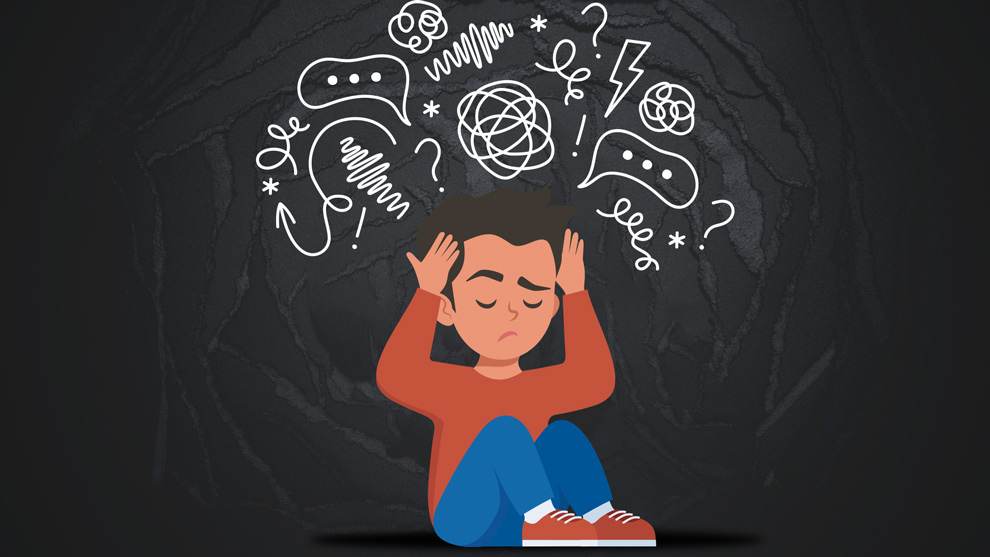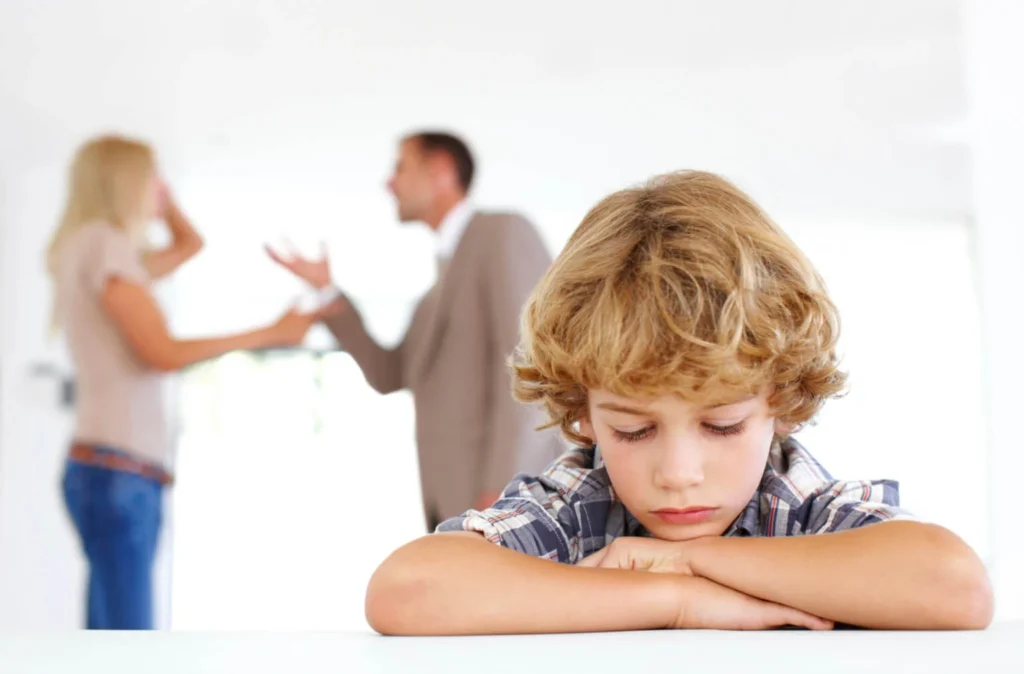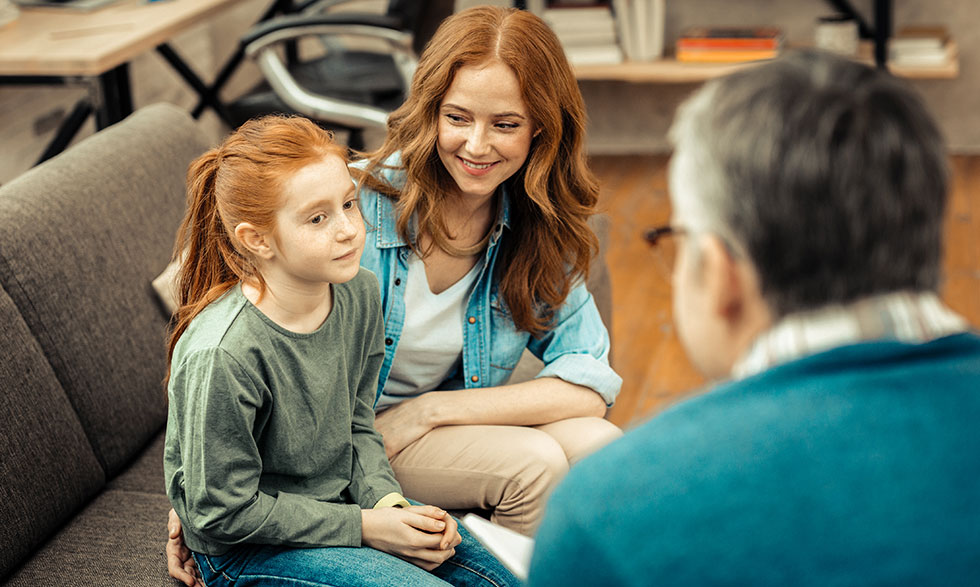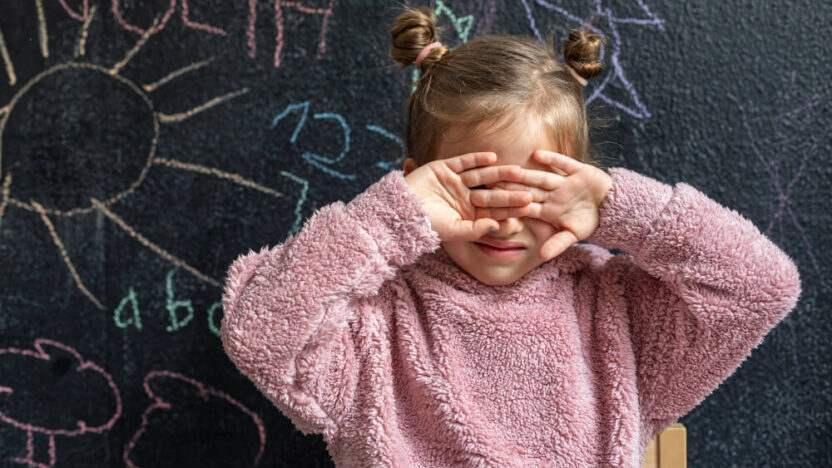
Childhood anxiety is a growing concern that can significantly influence a child’s development and daily life. Many parents and caregivers feel overwhelmed when noticing sudden mood swings, behavioral changes, or excessive worry in their children. In this guide, we delve into the definitive signs of anxiety in children, shedding light on subtle cues that might otherwise go unnoticed. Identifying these early warning signals is key since timely intervention can reduce the chances of long-term emotional challenges. By combining up-to-date psychological research with practical advice, this guide empowers adults to create a nurturing and supportive environment for anxious children.
Understanding Anxiety in Children
Childhood anxiety is a complex emotional state that can manifest with physical, emotional, and cognitive symptoms. It may be triggered by genetics, environmental stressors, or early life experiences. Understanding the root causes helps distinguish normal developmental fears from chronic anxiety that may require professional intervention.
Recent studies highlight that anxiety disorders are among the most common mental health challenges in children. Experts now call for improved educational programs for parents and teachers, ensuring that the early signs of anxiety are promptly recognized and addressed. By focusing on these behaviors, caregivers can better differentiate between everyday stress and conditions needing professional assessment.
It is important to recognize that anxiety in children is not merely a passing phase; rather, it can signal underlying issues that deserve attention. Early detection plays a critical role in mitigating long-term consequences, making it essential for both parents and educators to learn how to differentiate between normal childhood jitters and more serious anxiety concerns.
Recognizing Key Warning Signs

Childhood anxiety often expresses itself subtly and uniquely in every individual. Caregivers should be vigilant for changes in behavior, mood, and physical symptoms. Common signs include irritability, recurring physical complaints, and challenges in concentrating. Recognizing these signals early can pave the way for timely intervention and support.
Children might withdraw from social activities, experience a sudden drop in academic performance, or display a persistent sense of fear when facing certain situations. Behaviors like constant worrying or an overreliance on routines may also point to anxiety. Additionally, unexplained physical symptoms—such as headaches, stomachaches, or sleep disturbances—should not be ignored.
A more detailed observation often reveals that anxiety affects various aspects of a child’s life. A once playful child might become withdrawn, lose interest in favorite activities, or even react with aggression as a stress response. If these behaviors persist over time, it could be the right moment to consult child psychologists or education professionals specializing in pediatric mental health.
Behavioral Changes to Watch Out For
Be alert to signs such as increased clinging, avoidance of social settings, or a reluctance to engage in play. Even if these behaviors seem temporary, they might signal deeper struggles with anxiety.
Furthermore, any abrupt changes in school performance or noticeable withdrawal from peer interactions often point toward heightened anxiety. Monitoring activities across different settings helps build a complete understanding of your child’s emotional state.
Physical and Emotional Symptoms
Anxiety in children can also present physical symptoms like stomach pains, headaches, or fatigue. When these issues lack a clear medical cause, they may indicate underlying stress and anxiety.
Emotionally, unexplained crying, feelings of overwhelm, or extreme irritability serve as warning signs. Children might also express anxiety through tantrums or regression in behaviors, such as bed-wetting, that had previously subsided.
Factors Contributing to Anxiety

Multiple factors contribute to anxiety in children, including environmental triggers, family dynamics, and academic pressures. It is important to note that children are highly sensitive to their environments and may mirror the stress they observe in adults. Recognizing this sensitivity underscores the importance of early detection and intervention.
In recent years, social media influence, bullying, and increasing academic demands have emerged as significant contributors to childhood anxiety. Additionally, shifts in family structures and high parental expectations can further elevate anxiety levels. Acknowledging these factors is a crucial first step toward offering the right support for an anxious child.
There is also a genetic component, as anxiety can be passed down through families. Researchers stress that understanding the complex interplay between genetics and the environment is essential for developing effective interventions. Creating a stable and predictable home environment can serve as a protective buffer against many of today’s stressors.
Environmental and Social Pressures
The fast pace of modern life, coupled with extensive digital exposure, can amplify feelings of inadequacy and fear among children. Schools and communities have a crucial role in mitigating these pressures.
Robust social networks and open communication channels help foster an environment where children feel comfortable expressing their anxieties without judgment.
Family Dynamics and Genetic Factors
Family environments, especially those marked by parental anxiety or conflict, can significantly influence a child’s emotional well-being. A stable, nurturing home is fundamental to preventing the escalation of anxiety disorders.
Moreover, genetic predispositions can make some children more vulnerable to anxiety. Recognizing both biological and environmental factors is essential to fully understanding and tackling childhood anxiety.
Effective Strategies for Parents and Educators

Overcoming childhood anxiety requires a comprehensive approach that involves both parents and educators. Establishing a consistent routine gives children a sense of predictability and control, which can significantly reduce anxiety. Structured daily routines not only create security but also help minimize stress in changing environments.
Fostering open communication is equally important. Encourage children to express their fears and concerns in non-judgmental settings, and ensure that educators are trained to spot early signs of anxiety. Collaboration with school counselors can facilitate early intervention and continuous support.
Practical strategies such as mindfulness exercises, deep breathing, and cognitive-behavioral techniques help children reframe fearful thoughts. Integrating these practices both at home and in school settings not only relieves short-term anxiety but also equips children with lifelong coping mechanisms.
When to Seek Professional Help
Recognizing the right time to seek professional help is critical in effectively managing childhood anxiety. Despite dedicated support from parents and educators, some situations require intervention by trained professionals. Child psychologists, therapists, and counselors are skilled in identifying subtle nuances of anxiety and implementing targeted interventions. Knowing when professional help is needed is essential for a child’s well-being.
Indicators such as a sustained drop in academic performance, significant changes in behavior, and persistent physical symptoms that do not improve with home or school interventions point to the need for professional guidance. Pediatricians may recommend formal assessments using standardized tests and careful observations to confirm a diagnosis, ensuring the child receives the proper treatment plan.
Early intervention by mental health experts can prevent anxiety from becoming a chronic issue. On the other hand, delaying professional help might lead to symptoms worsening over time. By working collaboratively, parents, educators, and professionals can create a comprehensive support network tailored to the unique needs of each child.
Indicators for Professional Assessment
Persistent and intense anxiety episodes that disrupt daily life are clear indicators that professional evaluation may be necessary. Look for patterns such as severe mood swings, ongoing physical complaints, and marked social withdrawal.
If interventions like routine establishment and open communication do not yield improvements, it is advisable to seek further expert evaluation.
Types of Professional Support Available
Professional support can come from various sources, including school counselors and clinical psychologists. Their multifaceted approach—ranging from therapy sessions and behavioral interventions to, in some cases, medication—ensures a tailored treatment for each child.
An interdisciplinary approach that includes doctors, mental health specialists, and educators creates personalized care plans addressing both symptoms and root causes of childhood anxiety.

Content Additional
Exploring childhood anxiety in depth reveals that rigorous research, compassionate care, and timely intervention form the backbone of effective management. The fusion of psychological research and practical experience creates a framework that not only targets immediate symptoms but also promotes long-term mental well-being. In today’s fast-paced society, where children face stressors much earlier than before, both parents and educators must adopt proactive measures.
One of the most compelling aspects of modern psychological intervention is the focus on resilience building. Resilience is fostered through structured practices such as mindfulness, safe exposure to mild stressors, and supportive dialogue. These techniques empower children by helping them develop adaptive coping mechanisms that not only ease anxiety but also prepare them for future challenges. Age-appropriate educational programs demystify anxiety, encouraging children to view their struggles as challenges that can be managed and overcome.
The role of technology in spreading knowledge about childhood anxiety has become increasingly important. Social media, online support groups, and educational websites offer immediate access to a wealth of resources, connecting parents, educators, and professionals worldwide. These digital tools facilitate the exchange of best practices and success stories, reinforcing the notion that timely intervention saves lives. Innovations such as teletherapy and mobile health apps also ensure that specialized support is accessible even in remote areas.
Recent advances in neuroimaging and biobehavioral research further support the link between chronic anxiety and changes in brain structure and function. This emerging field underscores how early psychological intervention can lead to measurable improvements in brain health and overall quality of life. Such scientific insights are crucial for shaping public policies and educational curricula, ensuring mental health is prioritized at every level. Ultimately, adopting an all-encompassing approach—from the home to professional mental health care—will be key to reversing the trend of rising anxiety levels among children.
In conclusion, understanding and addressing childhood anxiety is crucial for a child’s immediate well-being and future mental health. Parents, educators, and caregivers must stay alert to even the most subtle signs of anxiety, using a compassionate and informed approach to help children overcome their difficulties. With effective strategies and timely professional support when needed, you can help children develop resilience and confidence. Remember, early detection paired with supportive intervention can significantly alter the course of childhood anxiety. Empowering children to manage their emotions today will pave the way for a healthier, more fulfilling tomorrow.




